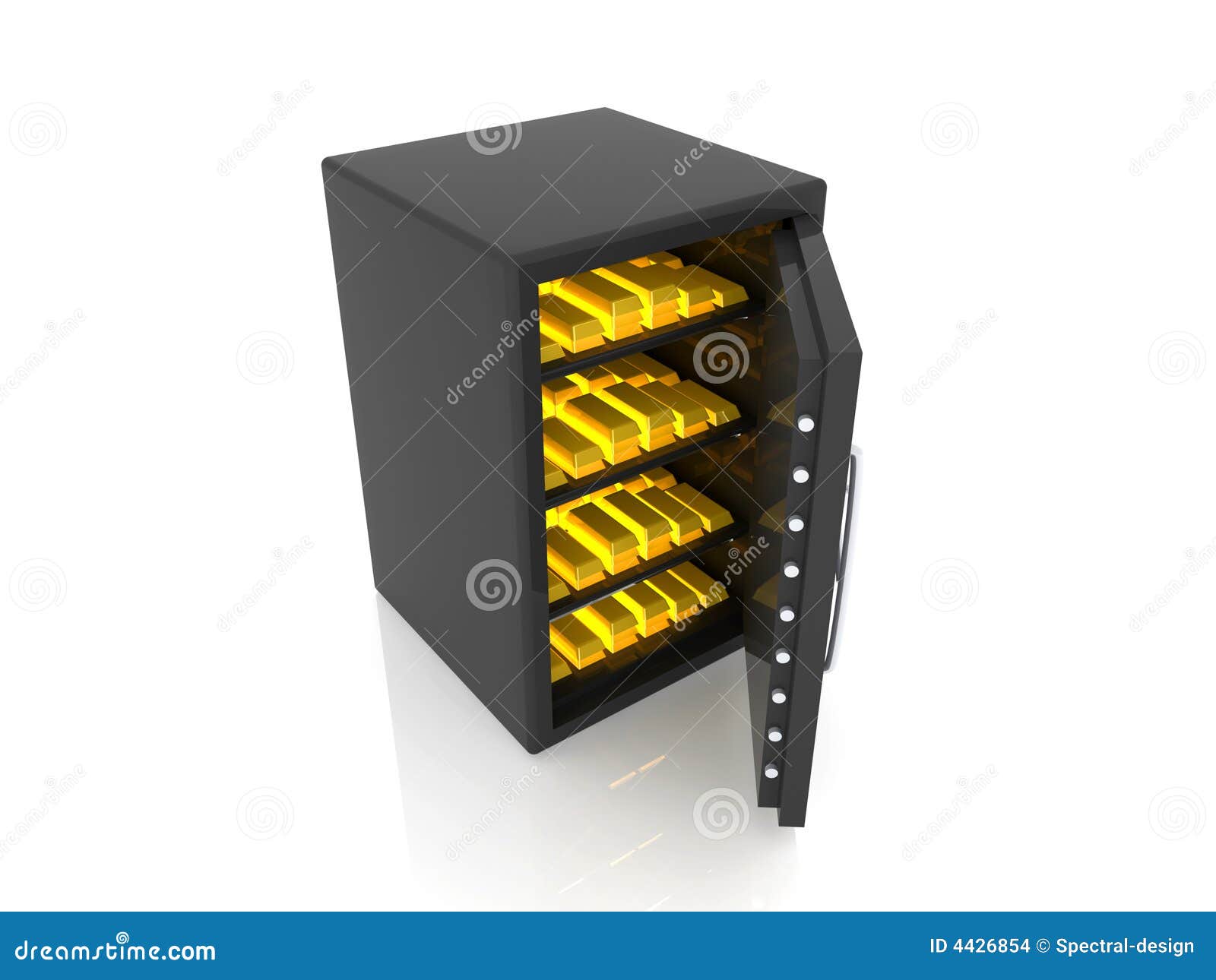Gold forms in so many ways, and California boasts a number of them. This is why panning for gold in California is such a lucrative endeavor, whether it’s a burning passion or a relaxing hobby. Here are just a few of the ways California gold deposits are formed and exposed for our discovery!
- Vents at the bottom of the sea called smokers occur when earthquakes and undersea volcanoes spread open the crust of the Earth itself. Minerals in which gold and other metals are concentrated are spewed into the water, where they meet the cold ocean water and harden into deposits. What’s this matter when we’re on land? Keep in mind that tens of millions of years ago, California was stuck between the Pacific Ocean and the Western Interior Seaway, a sea that took up most of the Great Plains states. This prime location is part of what makes California so rich in gold today.
Resident Indians can deposit gold under Gold Monetisation Scheme. The deposit will be denominated in grams of gold with purity 995. The deposit will help the depositor earn interest at the rate of interest decided by Central Government and notified by Reserve Bank of India from time to time. Gold Deposit is a resource block that can be found naturally on Resource Islands.
- Water thick with gold and other metals is heated by magma and forms deposits in volcanoes. Gold ore is formed in the rocks of active volcanoes this way. Now, we can’t climb into an active volcano, but when those volcanoes go dormant or extinct, like much of the Sierra range, those deposits still remain. Given so many of our mountains were once active shield volcanoes, this means that erosion has unearthed their treasures over the millennia they’ve been enjoying retirement.
- A third way gold is formed involves hot springs. When hot rocks heat ground water, fluids from deep in the earth form in these areas. Hot springs with low sulfur fluids offer these kinds of deposits.

.jpg)
- When mountains are pushed up by tectonic plates shoving up against each other, fractures are formed in the crust of the Earth. Superheated fluids rise up into these fractures. As in our other examples, these fluids are metal-rich. When they become trapped or harden, they form quartz veins that bear great amounts of gold. This is how much of the gold is formed in the Sierra range here in California.
- Placer deposits are constantly being formed as gold is exposed and swept down waterways. This is what makes rivers and streams in the area such treasure troves for gold. Panning for gold in California can be so lucrative because we’re located at the intersection of so many ways gold is formed. As the mountains and cliffs are exposed over years and years of weathering, more and more of these California gold deposits are exposed and washed into our streams and rivers.
Placer Gold Deposits of Arizona
Geological Survey Bulletin 1355 (1975)
Table of Contents
Related: Where to Find Gold in Arizona
Eighty-seven placer districts in Arizona are estimated to have produced a minimum of 564,052 ounces of placer gold from 1774 to 1968. The location, areal extent, past production, mining history, and probable lode source summarized for each district are based on information obtained from a wide variety of published reports relating to placer deposits. Annotated references to all reports that contain information about individual deposits are given for each district.

Most of the placer gold found in Arizona was derived from systems of small gold-quartz veinlets and stringers scattered throughout the bedrock of the adjacent mountain ranges. In only a few localities was the gold in large placer deposits de- rived from well-defined vein systems mined for the lode-gold content. The most productive placer mining era was 1858-80, when rich deposits of placer gold were found in the southwestern and central parts of Arizona and hundreds of individuals worked the rich surface accumulations of gold.
Subsequent placer mining was done by individuals working small deposits in many areas of the State using small-scale portable equipment, such as rockers, sluices, and drywashers. Large-scale dredge operations were active in a few districts.
Table of Contents
Gold Deposits Nc
Cochise County
Gold Deposits In Africa
Gila County
Greenlee and Graham Counties
Maricopa County
Mohave County
Pima County
